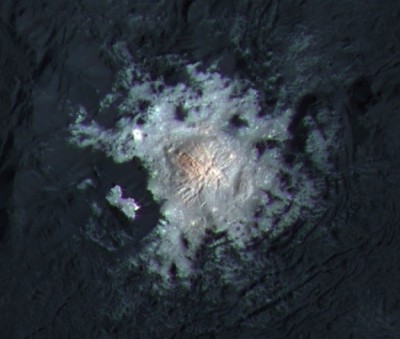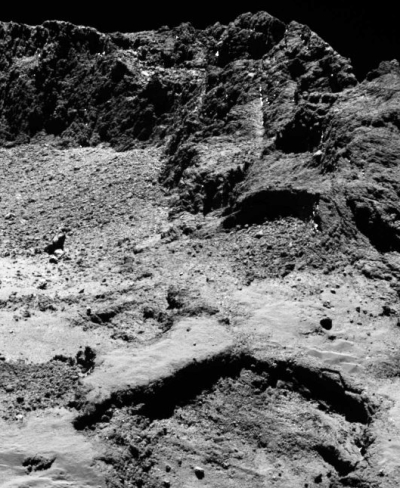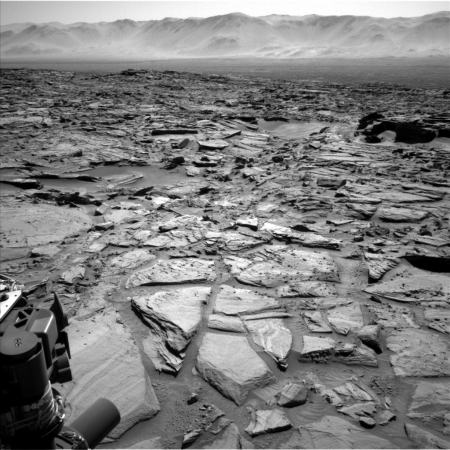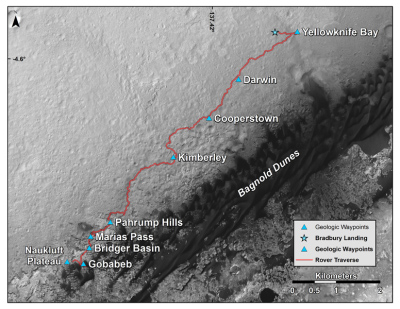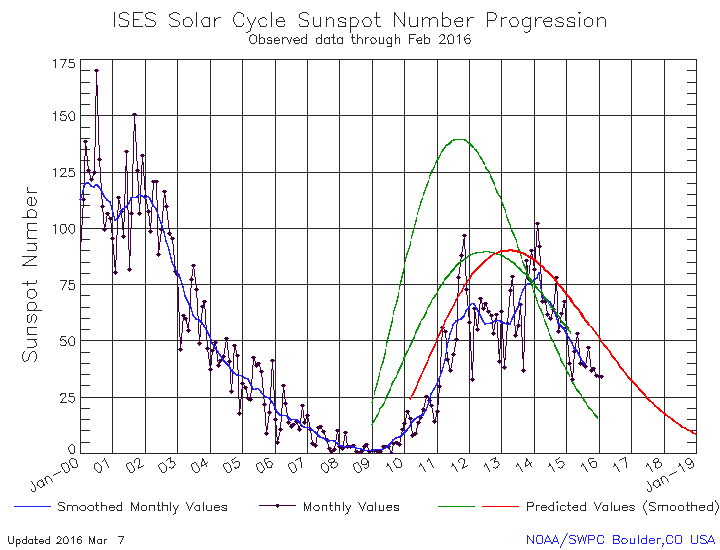House proposes killing Commerce Department
In a just released budget resolution, the House budget committee has proposed eliminating the Department of Commerce in an effort to cut costs.
The biggest potential shift from the status quo would be breaking up the $9 billion commerce department. DOC is one of the least-known, and most unloved, of all federal agencies. But it nonetheless oversees a huge scientific portfolio that includes the National Oceanic and Atmospheric Administration (NOAA), the National Institute of Standards and Technology (NIST), and the Census Bureau. Under the heading “options worthy of consideration,” the budget committee suggests moving NOAA to the Department of Interior, placing NIST within NSF, and assigning the Census Bureau, including the massive decennial census, to the Department of Labor’s Bureau of Labor Statistics. Another commerce agency, the U.S. Patent and Trademark Office, would become an independent agency.
The obvious goal would be to eliminate the expensive upper management positions at Commerce and thus reduce cost. Such changes however are going to face opposition in the privileged science community. While that community has been unable to sustain the growth of its funding in the past decade, it has successfully prevented the elimination of any program or any significant reduction in the science budgets. We shall see if that record will hold in the coming years, with the electorate appearing to steadily shift more and more to the right.
The article, by Science reporter Jeffrey Mervis, also included this wonderful example of yellow journalism:
The proposed budget resolution talks repeatedly of the need to reduce spending and, in particular, curb the clichéd “waste, fraud, and abuse” that is allegedly rampant across the federal government by killing duplicative or unnecessary programs. [emphasis mine]
I’ve noted Mervis’s agenda-driven writing in the past. In the sentence above he illustrates his unreliability as a reporter. For any educated journalist to consider waste and fraud in the federal government to be “alleged” is to be a person either with his head in the sand or having so strong a bias that he is intentionally misreporting the facts. Sadly, in the case of Mervis and many in today’s so-called elite intellectual community, I think it is both.
In a just released budget resolution, the House budget committee has proposed eliminating the Department of Commerce in an effort to cut costs.
The biggest potential shift from the status quo would be breaking up the $9 billion commerce department. DOC is one of the least-known, and most unloved, of all federal agencies. But it nonetheless oversees a huge scientific portfolio that includes the National Oceanic and Atmospheric Administration (NOAA), the National Institute of Standards and Technology (NIST), and the Census Bureau. Under the heading “options worthy of consideration,” the budget committee suggests moving NOAA to the Department of Interior, placing NIST within NSF, and assigning the Census Bureau, including the massive decennial census, to the Department of Labor’s Bureau of Labor Statistics. Another commerce agency, the U.S. Patent and Trademark Office, would become an independent agency.
The obvious goal would be to eliminate the expensive upper management positions at Commerce and thus reduce cost. Such changes however are going to face opposition in the privileged science community. While that community has been unable to sustain the growth of its funding in the past decade, it has successfully prevented the elimination of any program or any significant reduction in the science budgets. We shall see if that record will hold in the coming years, with the electorate appearing to steadily shift more and more to the right.
The article, by Science reporter Jeffrey Mervis, also included this wonderful example of yellow journalism:
The proposed budget resolution talks repeatedly of the need to reduce spending and, in particular, curb the clichéd “waste, fraud, and abuse” that is allegedly rampant across the federal government by killing duplicative or unnecessary programs. [emphasis mine]
I’ve noted Mervis’s agenda-driven writing in the past. In the sentence above he illustrates his unreliability as a reporter. For any educated journalist to consider waste and fraud in the federal government to be “alleged” is to be a person either with his head in the sand or having so strong a bias that he is intentionally misreporting the facts. Sadly, in the case of Mervis and many in today’s so-called elite intellectual community, I think it is both.

